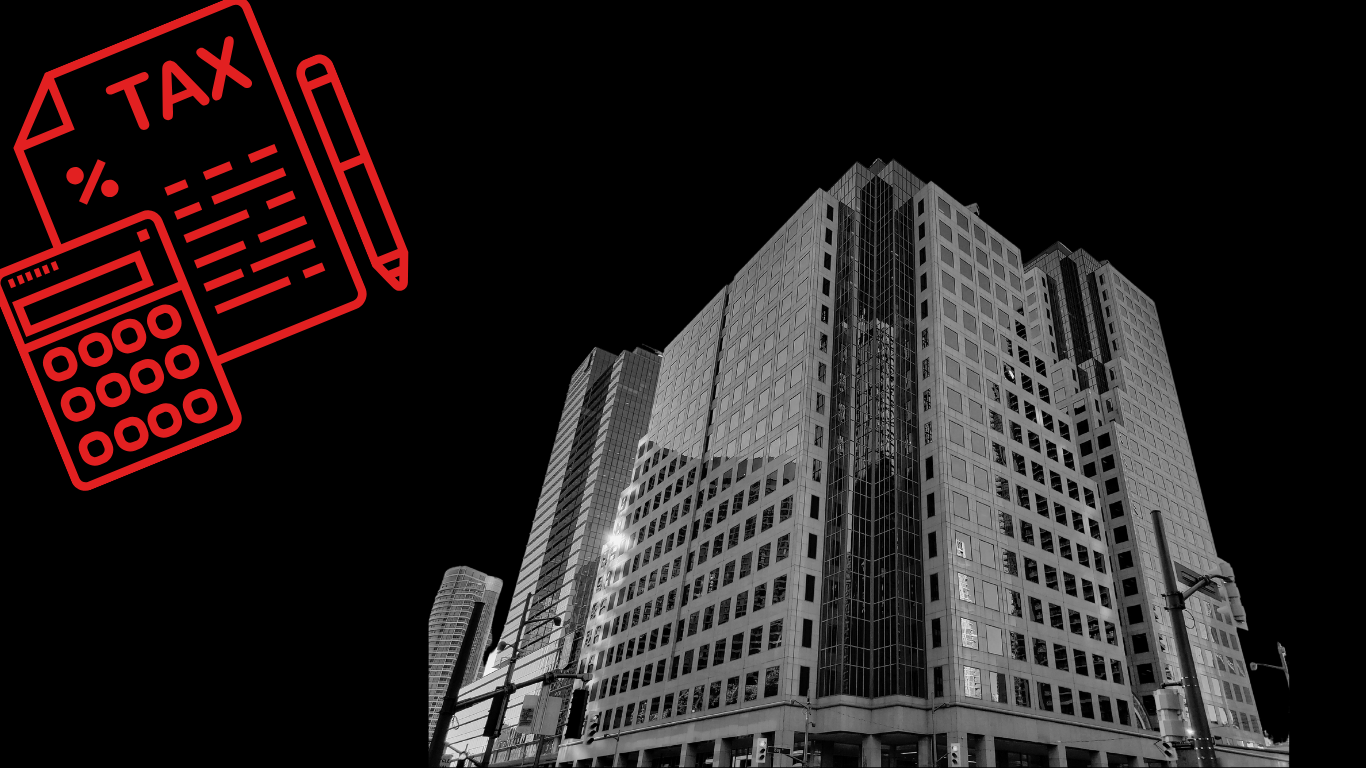HMRC has changed its criteria for deciding whether construction services should be zero-rated. Below is an overview of the new rules. As with any complex VAT matters, it’s always worth speaking to us to make sure you remain compliant and avoid unnecessary fines.
Zero-rated construction services
The construction of some new residential and charity buildings can be zero-rated if they meet certain criteria. To qualify, properties must be designed as “dwellings” or intended to only be used for a relevant residential or charitable purpose.
Previous buildings on the same site must be demolished to the ground, unless there is a legal requirement to keep the facade of an existing property.
Keeping any other parts of the old property (however small) means that the zero-rate cannot apply and, in most cases, the work will be liable to VAT at 20% for replacing, altering, extending or enlarging an existing property. (In some cases, the 5% rate may be available – for example, if the work qualifies as conversion of a commercial property or renovation of an existing dwelling.)
The same criteria that apply for zero-rated construction services must be met in order for the sale of the property by a developer to be zero-rated, or to qualify for a VAT refund under the DIY scheme for a private individual.
HMRC response to cases
VAT Information Sheet 07/17: Construction services and zero-rated relief discusses three relevant cases.
- In one case, the UT ruled that the construction of a nursing home which incorporated an existing church qualified for the zero-rate because the size and nature of the new property meant that it could not be regarded as alteration, extension or enlargement.HMRC accepted this ruling.
However, HMRC’s policy seems to be subjective and the VAT Information Sheet 7/17 doesn’t comment on how that particular decision could apply to different types of development.
- In the second example, the UT decided that keeping part of a facade that did not form part of the planning requirements was sufficient to prevent zero-rating.
- In the final case, the UT ruled that the work did not qualify for the zero-rate mainly because it involved keeping additional exterior walls to meet the zero-rate criteria.
HMRC’s response
HMRC’s responses to these examples deal with specific situations where portions of an existing dwelling are retained, and HMRC “now accepts that a very minor part of a building may be retained above ground level if it’s small enough to be ignored as ‘de-minimis’.” As a guide, retaining brickwork under a ground floor bay window was NOT held to be ‘de-minimis.’ (Unfortunately, there is no definition of the term ‘de-minimis’ in this context!)
HMRC also discussed the meaning of the word ‘facade’, confirming that, in its view, not all external walls can be treated as facades.
Where does this leave builders and developers?
As is often the case with HMRC’s responses to tribunal or higher court decisions, there are more questions than answers and these may lead to some interesting tribunal cases over the next few years of testing HMRC’s revised policies.
In the meantime, if you believe you may have paid too much VAT on construction work, have not claimed VAT relating to a potentially zero-rated sale, or have had a DIY claim dismissed that could be affected by these changes in policy, it’s time to get the claims process started now! Call us on 020 8530 0720 or email paula.w@nordens.co.uk for more information or to speak to a member of the VAT Team.
This has been adapted from Marie Stein’s much more comprehensive article on AccountingWeb.









































































































































































































































































































































































































































































































